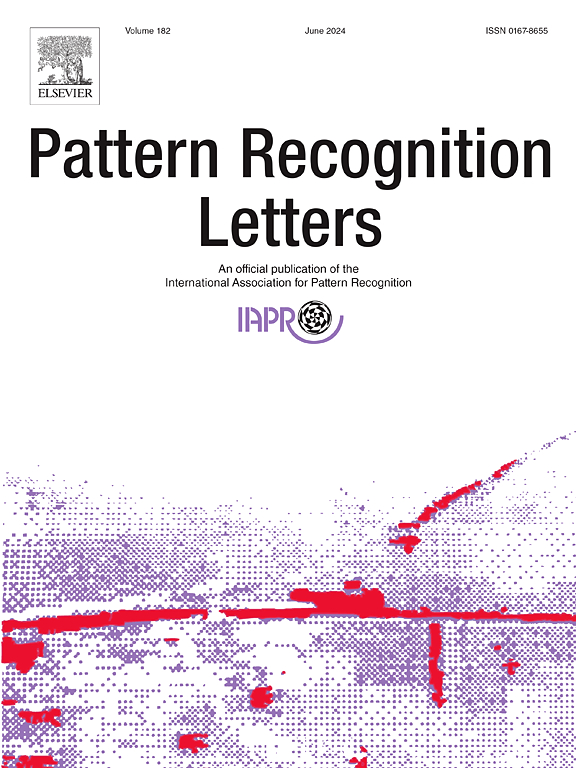区域动态点云完成网络
IF 3.9
3区 计算机科学
Q2 COMPUTER SCIENCE, ARTIFICIAL INTELLIGENCE
引用次数: 0
摘要
点云补全网络通常将点编码为全局特征向量,然后通过向量生成过程预测完整的点云。然而,这种方法可能无法准确捕捉复杂的形状,因为全局特征向量难以恢复其细节结构。在本文中,我们提出了一种新颖的形状补全网络,即 RD-Net,它创新性地关注点与点之间的信息交互,为生成精细的完整形状提供局部和全局信息。具体来说,我们提出了一种基于存储迭代的点云采样方法,可快速捕捉点云中的代表性点。随后,为了更好地预测缺失部分的形状和结构,我们设计了一个迭代边缘卷积模块。它使用类似 CNN 的层次结构来提取特征和学习上下文信息。此外,我们还为潜向量解码设计了一个两阶段重建过程。我们首先采用基于特征点的多尺度生成解码器来分层估计缺失点云。随后,我们采用自我关注机制来完善生成的形状,并有效生成结构细节。通过结合这些创新技术,RD-Net 在 ShapeNet-part 数据集上的 CD 误差比最先进的方法减少了 2%。本文章由计算机程序翻译,如有差异,请以英文原文为准。
Regional dynamic point cloud completion network
Point cloud completion network often encodes points into a global feature vector, then predicts the complete point cloud through the vector generation process. However, this method may not accurately capture complex shapes, as global feature vectors struggle to recover their detailed structure. In this paper, we present a novel shape completion network, namely RD-Net, that innovatively focuses on the interaction of information between points to provide both local and global information for generating fine-grained complete shape. Specifically, we propose a stored iteration-based method for point cloud sampling that quickly captures representative points within the point cloud. Subsequently, in order to better predict the shape and structure of the missing part, we design an iterative edge-convolution module. It uses a CNN-like hierarchy for feature extraction and learning context information. Moreover, we design a two-stage reconstruction process for latent vector decoding. We first employ a feature-points-based multi-scale generating decoder to estimate the missing point cloud hierarchically. This is followed by a self-attention mechanism that refines the generated shape and effectively generates structural details. By combining these innovations, RD-Net achieves a 2% reduction in CD error compared to the state-of-the-art method on the ShapeNet-part dataset.
求助全文
通过发布文献求助,成功后即可免费获取论文全文。
去求助
来源期刊

Pattern Recognition Letters
工程技术-计算机:人工智能
CiteScore
12.40
自引率
5.90%
发文量
287
审稿时长
9.1 months
期刊介绍:
Pattern Recognition Letters aims at rapid publication of concise articles of a broad interest in pattern recognition.
Subject areas include all the current fields of interest represented by the Technical Committees of the International Association of Pattern Recognition, and other developing themes involving learning and recognition.
 求助内容:
求助内容: 应助结果提醒方式:
应助结果提醒方式:


